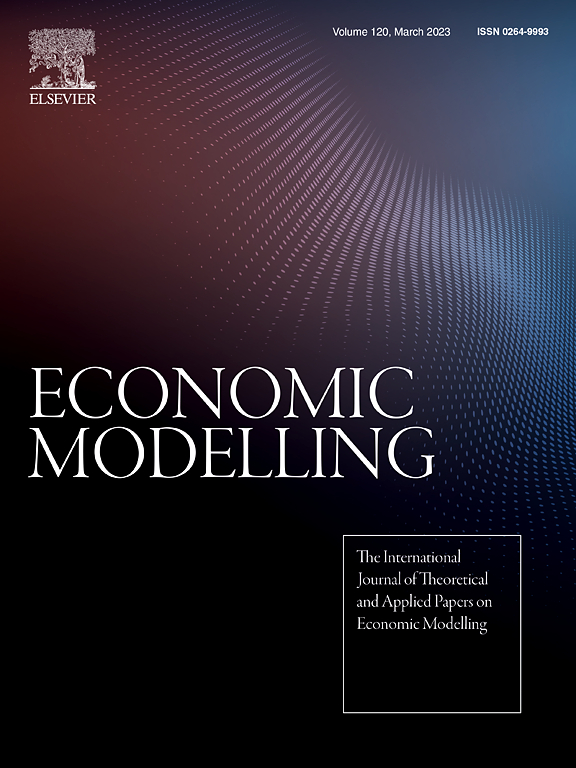
Lo más reciente
A fundamental problem in macroeconomics is understanding how changes made by a country's central bank to its interest rate affect the rates that people and businesses actually experience. In this study, we used Colombian bank-level interest rate data from loans and deposits between 2010 and 2019 to assemble panel data of 35,000 observations to analyze how banks adjust their rates when the central bank changes its rate. We applied a model based on industrial organization theory to estimate each bank's strategic complementarity, a measure of the bank's market power. We found that banks tend to split their rate adjustments into one that directly responds to the central bank's changes and another that responds to how rival banks react. The rates offered by banks for deposits adjust less steeply than those applied to loans. These rates vary heterogeneously depending on the bank's characteristics, with large domestic banks showing the most significant strategic complementarity and small or foreign banks showing the least. Our results showed that bank margins (profits) increase by 0.2% for every 1% increase in the policy rate.
 Benavides-Franco Juliane,
Benavides-Franco Juliane,  Alex Péreza
Alex Péreza